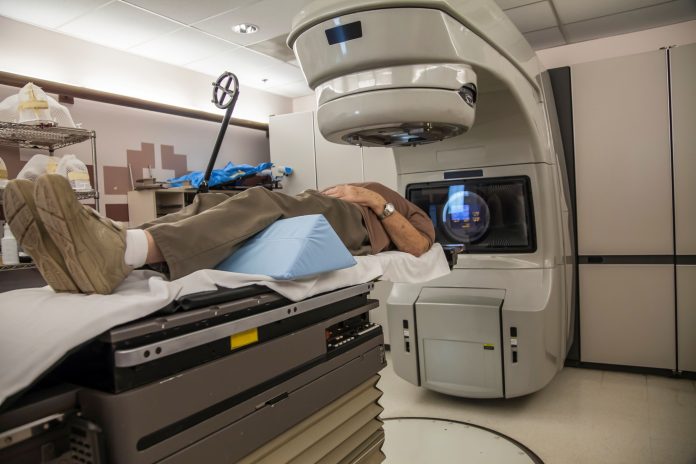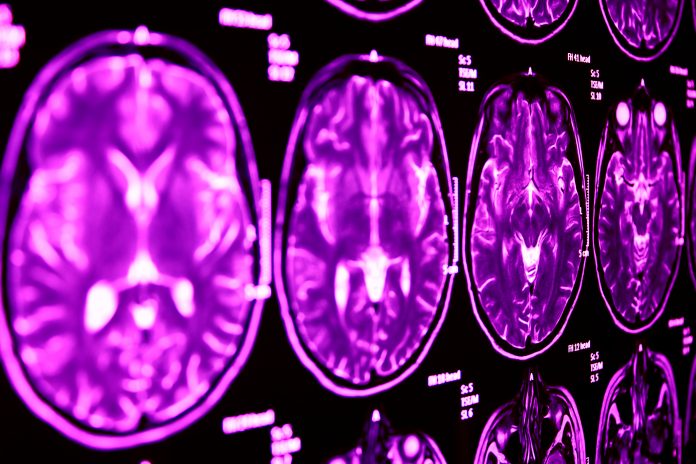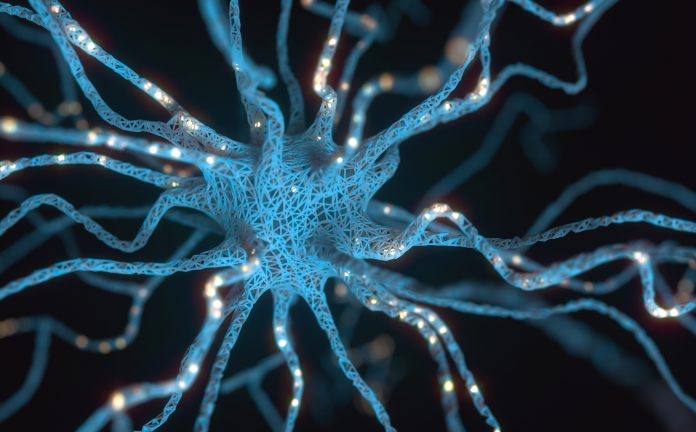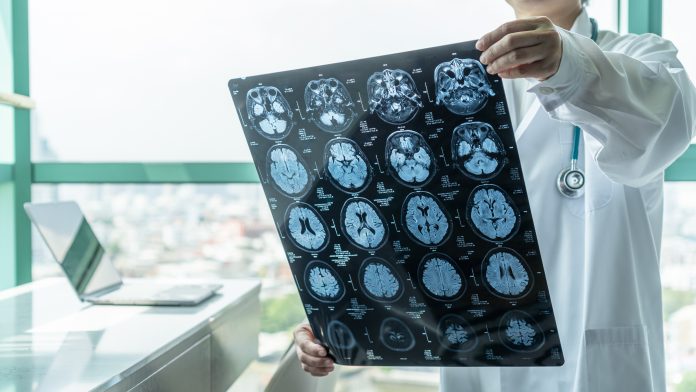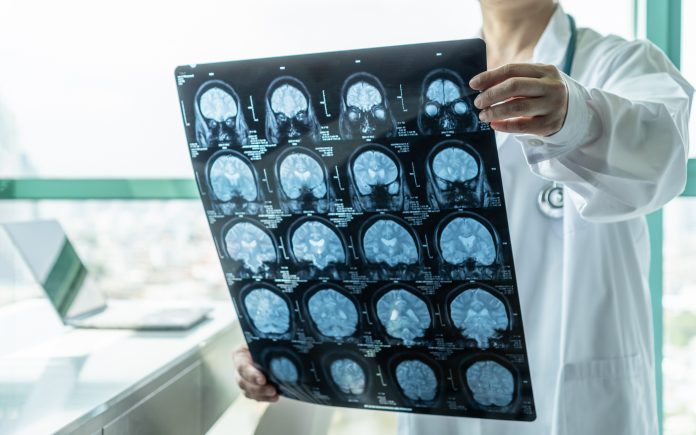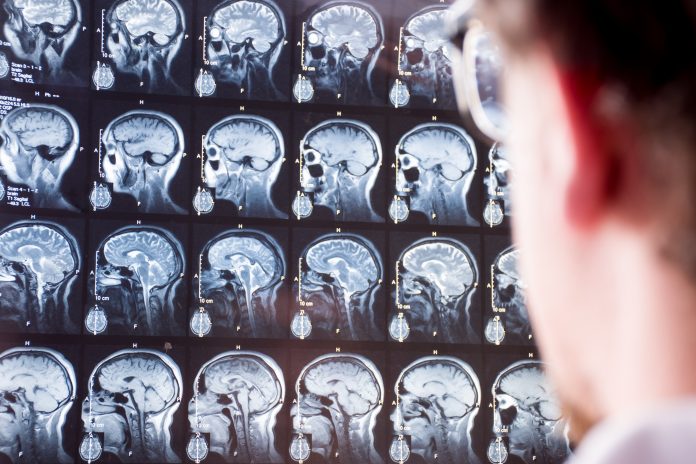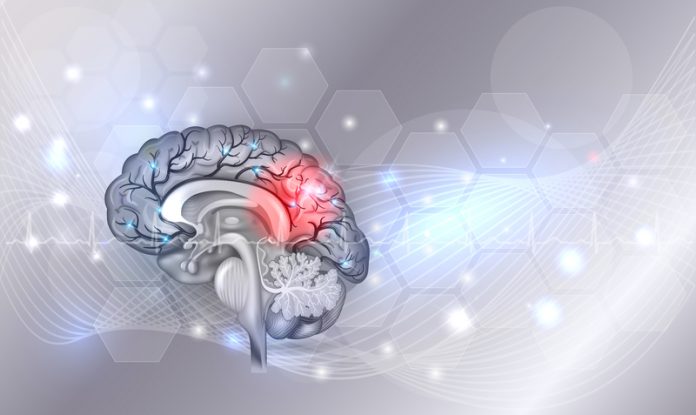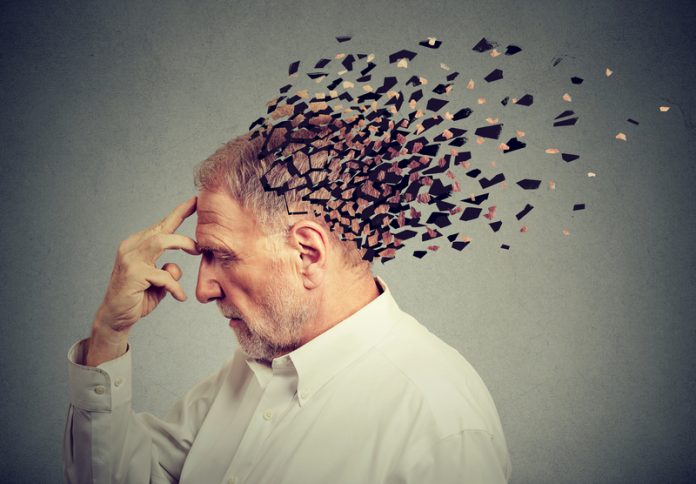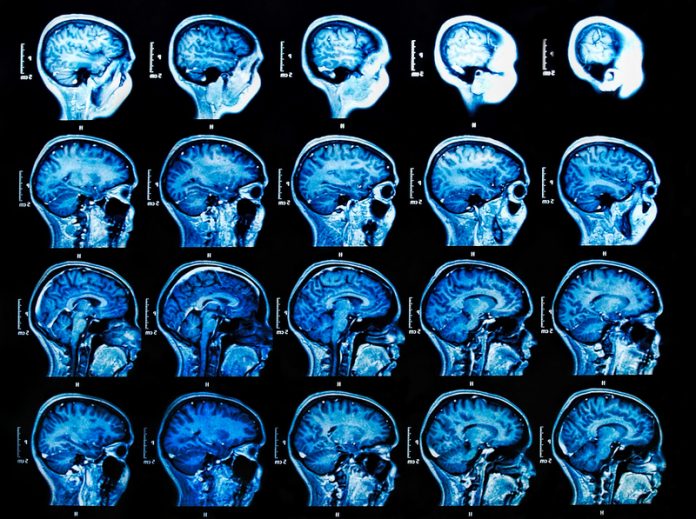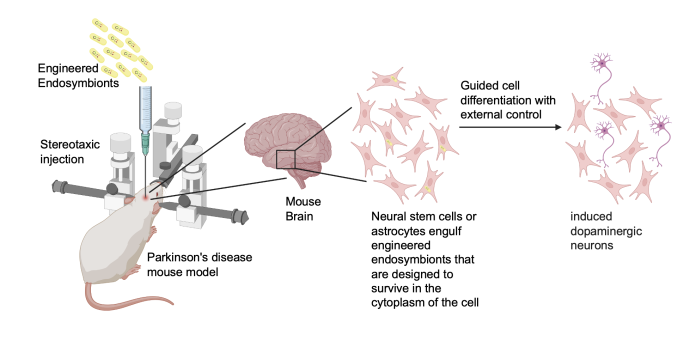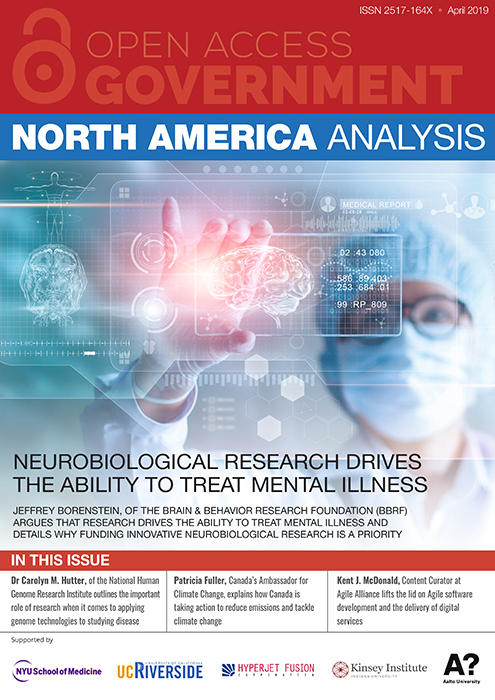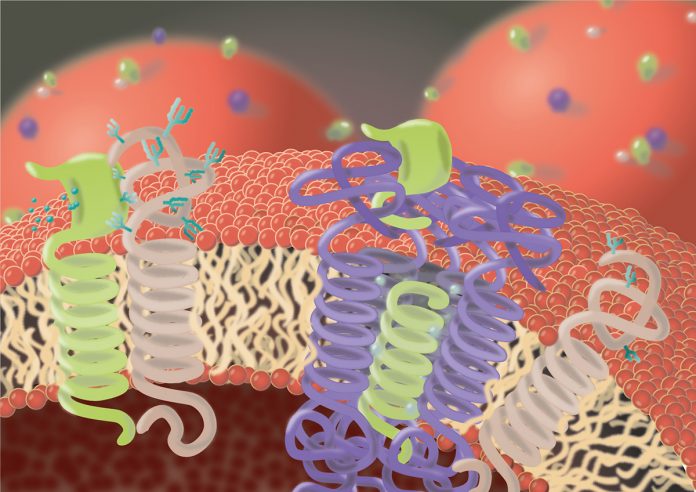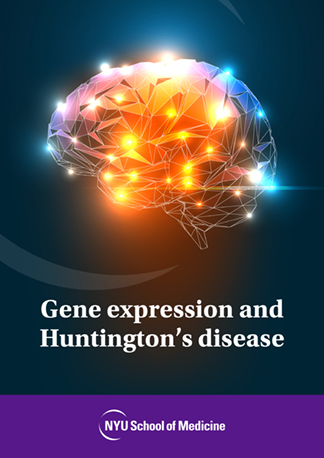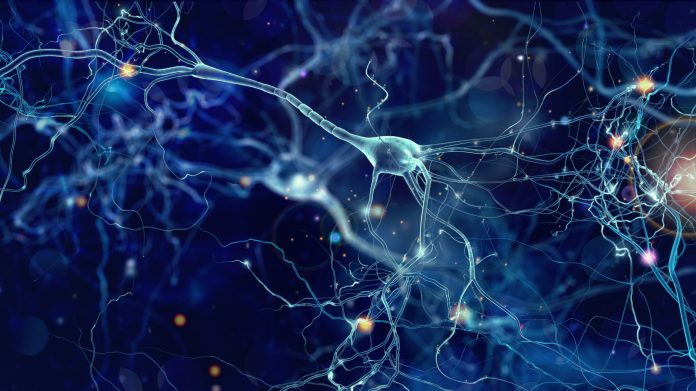Open Access Government produces compelling and informative news, publications, eBooks, and academic research articles for the public and private sector looking at health, diseases & conditions, workplace, research & innovation, digital transformation, government policy, environment, agriculture, energy, transport and more.
Home Search
neurodegenerative diseases - search results
If you're not happy with the results, please do another search
Cellular & biological pathways from studies on communicable diseases
Adonis Sfera and Zisis Kozlakidis provide recent insights into cellular and biological pathways from studies on communicable diseases.
Three rare brain diseases that attack your language skills
According to NorthWestern Medicine, there are three different brain diseases that attack the language areas in the left hemisphere of the brain.
JPND: Neurodegenerative disease research without boundaries
Jacqueline Hoogendam, JPND’s newly elected Vice-Chair and Executive Board member talks about JPND’s past and present strategies in its outreach campaign within and beyond Europe.
JPND: Enabling collaborative research in Alzheimer’s and Parkinson’s diseases
Professor of Neurology Thomas Gasser, JPND’s Scientific Advisory Board Chair and Director of the Department of Neurodegenerative Diseases, shares in an interview JPND’s innovative research and collaboration efforts in the universal race against Alzheimer’s and Parkinson’s diseases.
Creating a major impact on neurodegenerative research funding in Europe
JPND, the largest global collaborative initiative for neurodegenerative disease research, creates a major impact on neurodegenerative research funding in Europe.
JPND: The largest global collaborative initiative for neurodegenerative disease research
Chairman for the global initiative EU Joint Programme – Neurodegenerative Disease Research (JPND) Professor Philippe Amouyel brings to light their innovative work in neurodegenerative disease research.
How are different types of medical cannabis working for different diseases?
Dr David Moorhouse, General Neurologist, discusses the way that different diseases respond to different types of medical cannabis.
Brain diseases at the time of the COVID-19 pandemic
Prof Monica Di Luca, President, European Brain Council, highlights the importance of continuous prioritisation and attention to brain research during the COVID-19 pandemic.
UK-Japanese partnership to tackle degenerative diseases
Medical researchers in Britain and Japan are to join forces in the fight to advance research into treatments for degenerative diseases.
Treatment and diagnosis of neurodegenerative disorders
Andrea Varrone studies the importance of molecular imaging to provide personalised medicine and improve care for patients with neurodegenerative disorders
Early diagnosis of neurodegenerative disorders: Where are we now?
Dr Gerry Morrow shares his thoughts on the current state of play when it comes to the early diagnosis of neurodegenerative disorders, and asks the questions, can we screen, and should we screen?
Research suggests neurodegenerative disorders may speed up ageing process
Scientists from the National Institutes of Health (NIH) compared the genetic clocks of normal and mutant flies to understand the link between neurodegenerative disorders such as Alzheimer’s disease and the ageing process
The role of small heat shock proteins in human diseases
Professor Serena Carra and her collaborators are investigating the important role of small heat shock proteins in age-related neurodegenerative diseases
Cells are frequently exposed to stress conditions that can damage their proteome, with consequences for their viability. To maintain a healthy proteome and preserve cell function, cells evolved a protein...
Enabling research into Neurodegenerative disease through sharing of data
Professor Duncan McHale discusses neurodegenerative disease research...
Neurodegenerative diseases are a growing global challenge as medical advances ensures more individuals live longer. By 2020 there will be > 40 million individuals in the world with Alzheimer’s disease and by 2040 without the development of truly disease modifying drugs this will...
Neuroengineering with engineered endosymbionts
Christopher H. Contag and Ahmed A. Zarea from Michigan State University’s Institute for Quantitative Health Science and Engineering explore therapeutic approaches to neurodegenerative diseases using a novel strategy based on engineered endosymbionts systems that could revolutionize patient care.
North America Analysis – April 2019
Welcome to the April 2019 edition of North America Analysis. One of the highlights in this issue is the special focus we have on neurodegenerative diseases, which includes comment from Jeffrey Borenstein, of the Brain & Behavior Research Foundation (BBRF).
Intramembrane proteases: Regulators of cellular pathways
Prof Dr Regina Fluhrer from Biomedical Center (BMC), Ludwig Maximilians University of Munich (LMU) & German Center for Neurodegenerative Diseases (DZNE) shares her expertise on the field of intramembrane proteases, focussing on regulation of cellular pathways
New functions of HTT in gene expression
Naoko Tanese from New York University explores how monitoring gene expression can be used to treat neurodegenerative diseases such as Huntington's
Simple blood test predicts cognitive decline in Alzheimer’s patients
Research reveals that a blood test measuring insulin resistance via the TyG index may identify individuals with early Alzheimer's disease.
Breakthrough molecule discovery offers hope for new motor neurone disease treatments
Scientists have discovered a molecule that could aid the development of new treatments for motor neurone disease, a new study suggests.

